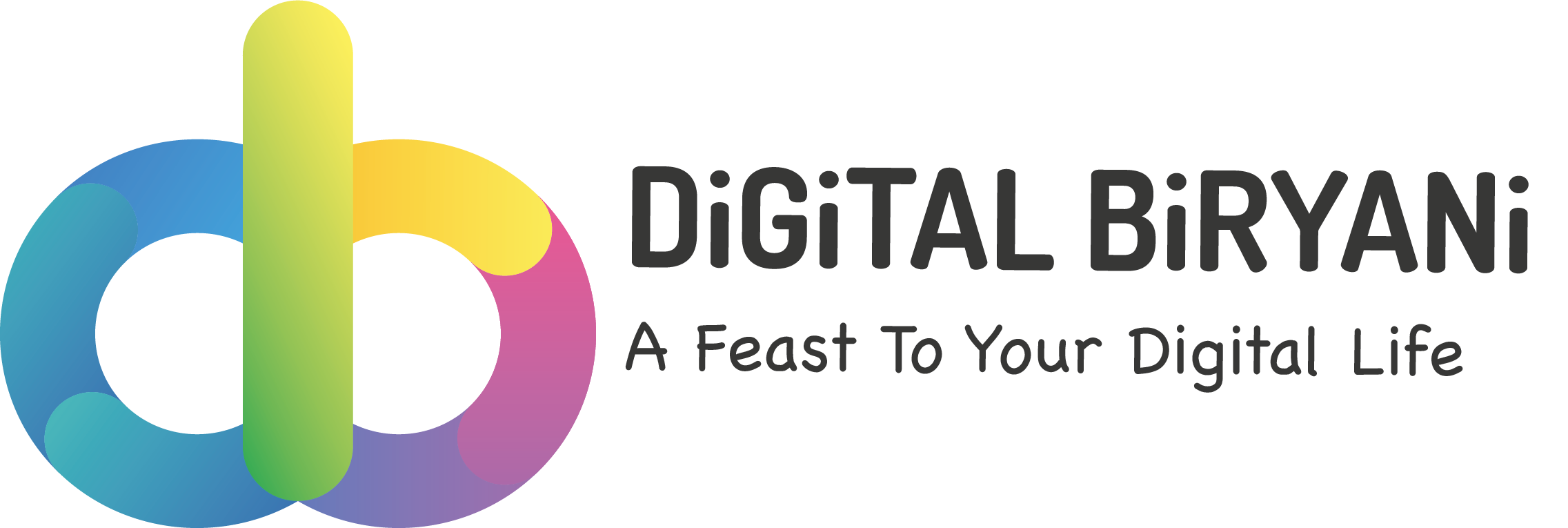Key Points
- Everything About Deepfake Technology which utilizes AI to create fake videos and images by swapping real faces.
- Two Key Phases of Deepfake Technology – Training Phase & Generation Phase
- Various tricks to identify deepfake videos and check their authenticity.
- If you suspect any Deepfake Videos through these Deepfake Detection Tricks report that video to concerning authority or platform.

In the era of advanced technology and sophisticated digital manipulation, the rise of deepfake videos has become a significant concern. Deepfake technology employs artificial intelligence algorithms to superimpose or replace someone’s likeness in a video with that of another person, often resulting in convincing but entirely fabricated footage. With the potential to deceive and manipulate, deepfake videos pose serious threats to various aspects of society, including politics, journalism, and personal privacy. In this blog post, we will delve into the world of deepfakes and explore effective methods to identify them, empowering individuals to discern fact from fiction in the digital age.
Understanding Deepfake Technology
Before diving into detection techniques, it’s crucial to grasp the fundamentals of deepfake technology. Deepfakes utilize deep learning algorithms, particularly generative adversarial networks (GANs), to create realistic synthetic media. These algorithms analyze and learn from vast datasets of images and videos to generate new content that convincingly mimics real human behavior and appearance.
Deepfake videos typically involve two main processes:
Training Phase
During this phase, the algorithm is trained on a large dataset of videos featuring the target person whose likeness will be manipulated. The algorithm learns to map facial expressions, gestures, and other characteristics of the target individual.
Generation Phase
In this phase, the trained algorithm generates the synthetic video by combining elements from the target person’s face with the source video, resulting in a seamless and realistic deepfake.
Also Read – Best Deepfake Video Maker Apps and Websites
How To Identify Deepfake Videos?
Detecting deepfake videos requires a combination of critical analysis, technological tools, and skepticism. While deepfake technology continues to evolve, there are several methods and indicators that individuals can use to identify deepfake videos:
Facial Inconsistencies
One of the telltale signs of a deepfake video is inconsistencies in facial expressions, movements, or features. Pay close attention to details such as blinking patterns, lip movements, and facial asymmetry, as these may appear unnatural or distorted in deepfake videos.
Audio Anomalies
Deepfake videos often involve manipulating not only visual but also auditory elements. Listen carefully for discrepancies in voice quality, tone, or pronunciation, especially in videos featuring speech or dialogue. Unnatural pauses, glitches, or artifacts in the audio track may indicate tampering.
Synthetic Artifacts
Deepfake videos may exhibit visual artifacts or anomalies that result from the AI-generated manipulation process. Look for signs of image distortion, pixelation, or blurring around the edges of the face or other objects in the video. These artifacts are often subtle but can reveal the presence of digital manipulation.
Inconsistencies in Context or Content
Deepfake videos may distort or misrepresent the context in which they are presented. Consider whether the content of the video aligns with known facts, events, or timelines. Look for inconsistencies in background settings, clothing, or props that may indicate manipulation or fabrication.
Source Verification
Whenever possible, verify the original source of the video and cross-reference it with reputable sources or eyewitness testimonies. Deepfake videos are often shared out of context or without proper attribution, so conducting thorough source verification can help establish the authenticity of the footage.
Forensic Analysis Tools
There are various software tools and algorithms available for detecting deepfake videos through advanced forensic analysis. These tools analyze the video data for subtle anomalies or patterns indicative of manipulation, such as inconsistencies in lighting, shadows, or reflections. While these tools may require technical expertise to use effectively, they can provide valuable insights into the authenticity of the video.
Expert Consultation
In cases where the authenticity of a video is uncertain, seeking input from experts in digital forensics, computer vision, or media analysis can be beneficial. These professionals can offer specialized knowledge and techniques for evaluating the integrity of the video and identifying potential signs of manipulation.
As deepfake technology continues to advance and proliferate, the ability to identify and mitigate its impact becomes increasingly critical. By understanding the underlying principles of deepfake technology and employing a combination of analytical techniques, individuals can better navigate the digital landscape and safeguard against deception and misinformation. While no single method is foolproof, a vigilant and discerning approach to evaluating video content can help mitigate the risks posed by deepfake videos and preserve the integrity of digital media in the age of AI. The above-mentioned tricks are the best ways to identify deepfake videos.
Also Read – How To Improve Your Writing Skills Using AI Tools?
Frequently Asked Questions (FAQs)
Why is it important to identify deepfake videos?
Identifying deepfake videos is crucial because they have the potential to spread misinformation, manipulate public opinion, and undermine trust in digital media. By recognizing and flagging deepfakes, individuals can help combat the spread of deceptive content and protect themselves from misinformation.
What are some common signs of deepfake videos?
Common signs of deepfake videos include unnatural facial movements, lip-syncing errors, audio discrepancies, synthetic artifacts, inconsistencies in context or content, and anomalies in lighting or reflections. These signs may indicate digital manipulation or fabrication within the video.
Can deepfake videos be detected using software or tools?
Yes, there are various software tools and algorithms available for detecting deepfake videos through forensic analysis. These tools analyze the video data for subtle anomalies or patterns indicative of manipulation, such as inconsistencies in facial movements or audio quality. While these tools may require technical expertise to use effectively, they can provide valuable insights into the authenticity of the video.
What should I do if I suspect a video is a deepfake?
If you suspect a video is a deepfake, exercise caution and refrain from sharing it until its authenticity can be verified. Report the video to the platform or website where it was found, and consider notifying relevant authorities or organizations that specialize in combating misinformation. By taking proactive steps to address suspected deepfakes, you can help prevent the spread of deceptive content and protect others from being misled.
Also Read – Best AI Plagiarism Checkers
Conclusion
In conclusion, the ability to identify deepfake videos requires a combination of critical thinking, technological tools, and expert analysis. By staying informed and vigilant, individuals can mitigate the risks posed by deepfake technology and protect themselves against deception and manipulation in the digital realm. As deepfake technology continues to evolve, so too must our strategies for detecting and combatting its influence, ensuring the integrity and trustworthiness of digital media in the years to come.



